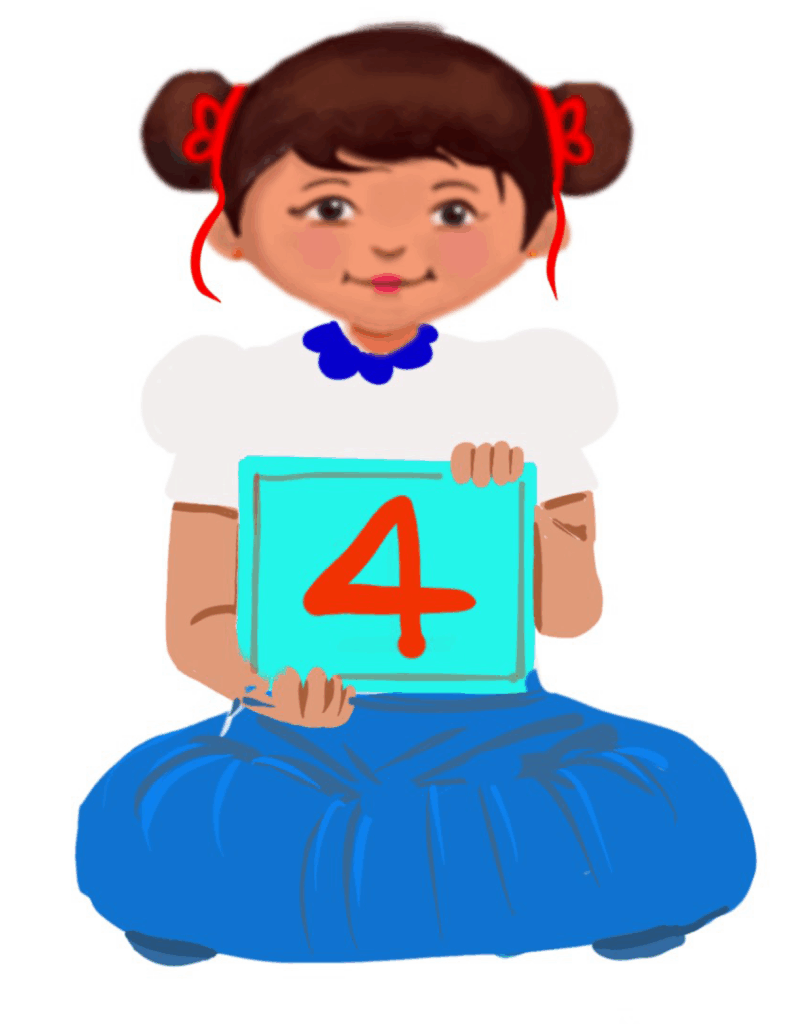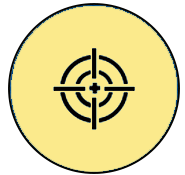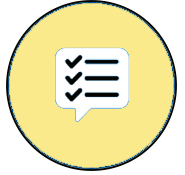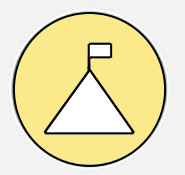
The Internet
Class 4
 Objective
Objective
Students will be able to…
- identify basic internet terminologies
- understand what the internet is and how it is used around the world
- understand what a browser is
- identify examples of browsers (Chrome, Firefox, Edge, Safari)
- recognise browser icons.
 Prerequisites
Prerequisites
Students should know…
- about the hardware and software of a computer
- how to operate a computer or tablet, including turning it ‘on’, using a mouse or touchpad, and basic typing skills.
 Goal
Goal
All
All children will understand what the internet is and the different browsers.
Some
Some children will know why we use the internet and the browsers.
Few
Few children will know how to use the internet and the browsers.
Operational Definition
All – This gives the goal, which is the minimum that the teacher must achieve for all students in the classroom.
Some – This gives the goal that the teacher may try to achieve for some students in the classroom who can achieve the suggested goal over and above the goal stated for ‘All’.
Few – This gives the goal that the teacher may try to achieve for few students in the classroom who can achieve the suggested goal over and above the goal stated for ‘Some’ and ‘All’.
Materials Required:
Technology
- An audio-enabled computer with an internet connection, smartboard projector, and screen.
- All devices like laptops, tablets and desktop computers with accessibility features enabled.
- Screen readers like JAWS and NVDA.
- Large keyboards, built-in screen magnifiers, hearing aids, text-to-speech and speech-to-text software.
- Voice recognition software like Siri, Windows Speech Recognition, etc.
- Headsets
- Student writing or typing tools.
Teacher Materials
- Whiteboard and markers or blackboard and chalk.
- Pre-teach vocabulary cards, sight words, communication cards and worksheets.
- Lesson videos.
Student Handouts
- Handout 1: Communication Cards
- Handout 2: Vocabulary Cards
- Handout 4: Trace and Learn Card
- Handout 5: Yes or No Cards
- Handout 6: Thumbs Up and Down Card
- Handout 7: Worksheets
Print Preparation
The teacher will print, copy or laminate (wherever applicable):
- Communication Cards for students
- Trace and Learn Cards for students
- Vocabulary Cards for students
- Thumbs up and Thumbs down Card for students
- Yes or No Cards for students
- Pre-teach vocabulary cards, sight words cards
- Worksheets for students
Preparation for the Activity:
- All the learning and teaching materials needed for this lesson plan must be ready before the lesson begins.
- Ensure that there are enough copies for all children. Multiple copies can be made by photocopying too.
- Please have the assistive technologies and accessibility features ready for your inclusive classroom.
Setup for transacting the lesson:
This topic must be taught in the computer lab.
1. Expected Prior Knowledge
Awareness of the extent of student’s prior knowledge of the topic will help the teacher plan and deliver the lesson appropriately.
This could be assessed through the provided worksheet.
Worksheets, Vocabulary Cards, Sight Words:
LTM: Concept Card
LTM: Sight Words
Worksheet: Pre-Assessment
Enlarged Worksheet: Pre-Assessment
2. Warm-up
1. Write the word ‘internet’ on the board.
What is the first thing that comes to your mind when thinking of the word ‘internet’?
Possible Answers: video games, YouTube, Facebook, email
2. What is the internet?
Possible Answers: network, video games, paper
3. Where do we use the internet?
Possible Answers: home, school, library, office, shopping mall, I do not use
4. What is a network?
Possible Answers: an interconnected group, a website, an individual
- Differentiation
- Students can write down answers in their notebooks or on a slip of paper and stick it on the corkboard.
- Students can choose to write their answers or communicate their responses verbally with a friend/teacher.
- Students can draw the word or point to the picture on the Communication Card (a Communication Card handout should be provided).
- The teacher should immediately praise the student with her/his name and reward the child.
Worksheets and Communication Cards:
Worksheet: Vocabulary
Enlarged Worksheet: Vocabulary
Worksheet: Trace and Learn
Enlarged Worksheet: Trace and Learn
LTM: Thumbs Up and Down Card
LTM: Communication Card
LTM: Yes or No Cards
3. All About the Internet
Guided watching
Bring the attention of the students to the screen and say, “Let’s watch this video.”
Ask students to give a ‘thumbs up’ whenever they hear or see the word ‘internet’ in the video.
Play video
Video: All About the Internet
Video: All About the Internet with ISL
Ask, “What is the internet?”
If needed, prompt the children to come up with a definition using language from the video.
Example: The internet is a large network of computers connected all around the world.
Write the term and definition on the board after student responses.
Ask, “Can I view the same website from both my house and classroom?” (The answer is Yes)
Ask, “Is Wi-fi a wired network?” (The answer is No)
Informal Assessment
4. Smart Surfing Happy Learning
Verse 1:
The internet is really cool,
We can learn and go to school!
Click and type, on the go,
To new places, we can know.
But be careful, take your time,
Ask for help before you sign!
Chorus:
The internet is big and fun,
For learning things and everyone!
Verse 2:
Videos, games, and things to read,
The internet has all we need.
But remember what’s ok,
Ask your parents every day.
Stay safe and have lots of fun,
The internet is for everyone!
Chorus:
The internet is big and fun,
For learning things and everyone!
Video: Smart Surfing Happy Learning
Video: Smart Surfing Happy Learning with ISL
Try me
5. Browsers and Types of Browsers
- Ask, “When you go online to play a game or watch a video, how do you get there?”
- Show a picture of a desktop with browser icons.
- Let children point to familiar ones.
Explain: A browser is a program that helps us access the internet.
LTM: Types of Browsers
LTM: Posters of Browsers
LTM: Enlarged Posters of Browsers
6. Assessment
Instructions to the teacher:
- Observe if students can:
- Point to and name at least one browser.
- Match icon to name.
- State one use of a browser.
Differentiation & Inclusion
- Use visual aids (icons, pictures).
- Provide colouring tasks for students with emerging literacy.
- Simplify language: “This is Chrome. It helps us go to the internet.”
- Offer assistive tools (switch devices, touchscreens).
- Allow oral answers for students with writing difficulties.
Worksheet: The Internet Worksheet
Enlarged Worksheet: The Internet Worksheet
Worksheet: Match the Browsers
Enlarged Worksheet: Match the Browsers
7. Assistive Technologies and Adaptive Devices
Assistive Technologies and Adaptive Devices
Teacher Resource Document
| Source and Attribution of images: All images used in the above Assets and Aids are originally created. |
| This digital material has been developed by the Sri Sathya Sai Vidya Vahini Inclusive Education Project, a unit of Sri Sathya Sai Central Trust, Prasanthi Nilayam, as a collaborative offering in the service of our nation. |